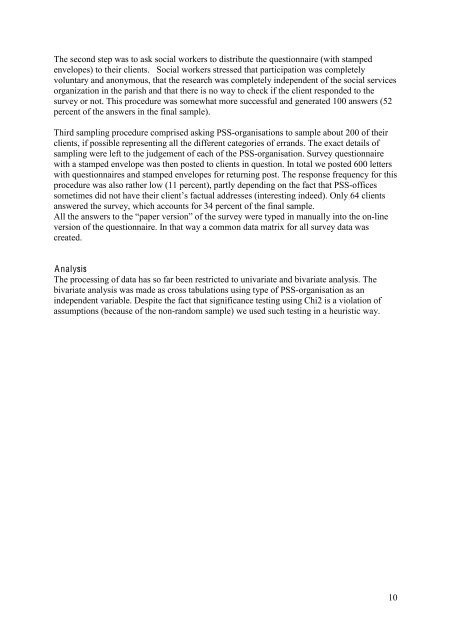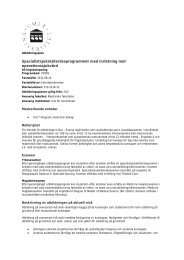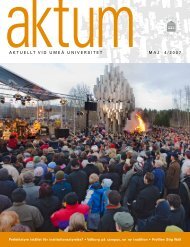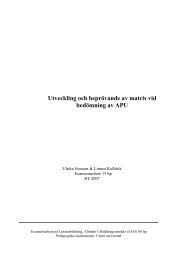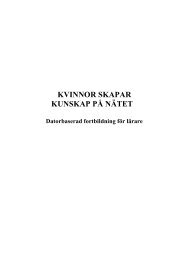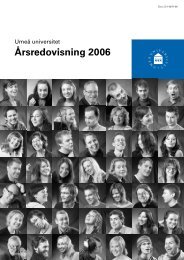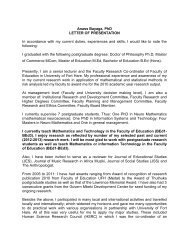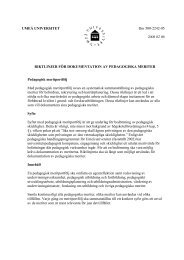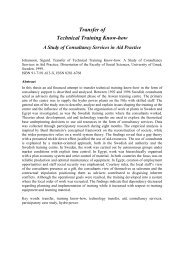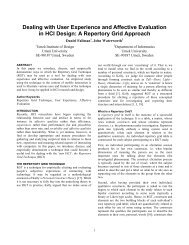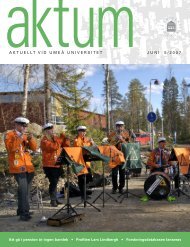Organisational Structure as Barrier or Support in the Personal Social ...
Organisational Structure as Barrier or Support in the Personal Social ...
Organisational Structure as Barrier or Support in the Personal Social ...
You also want an ePaper? Increase the reach of your titles
YUMPU automatically turns print PDFs into web optimized ePapers that Google loves.
The second step w<strong>as</strong> to <strong>as</strong>k social w<strong>or</strong>kers to distribute <strong>the</strong> questionnaire (with stampedenvelopes) to <strong>the</strong>ir clients. <strong>Social</strong> w<strong>or</strong>kers stressed that participation w<strong>as</strong> completelyvoluntary and anonymous, that <strong>the</strong> research w<strong>as</strong> completely <strong>in</strong>dependent of <strong>the</strong> social services<strong>or</strong>ganization <strong>in</strong> <strong>the</strong> parish and that <strong>the</strong>re is no way to check if <strong>the</strong> client responded to <strong>the</strong>survey <strong>or</strong> not. This procedure w<strong>as</strong> somewhat m<strong>or</strong>e successful and generated 100 answers (52percent of <strong>the</strong> answers <strong>in</strong> <strong>the</strong> f<strong>in</strong>al sample).Third sampl<strong>in</strong>g procedure comprised <strong>as</strong>k<strong>in</strong>g PSS-<strong>or</strong>ganisations to sample about 200 of <strong>the</strong>irclients, if possible represent<strong>in</strong>g all <strong>the</strong> different categ<strong>or</strong>ies of errands. The exact details ofsampl<strong>in</strong>g were left to <strong>the</strong> judgement of each of <strong>the</strong> PSS-<strong>or</strong>ganisation. Survey questionnairewith a stamped envelope w<strong>as</strong> <strong>the</strong>n posted to clients <strong>in</strong> question. In total we posted 600 letterswith questionnaires and stamped envelopes f<strong>or</strong> return<strong>in</strong>g post. The response frequency f<strong>or</strong> thisprocedure w<strong>as</strong> also ra<strong>the</strong>r low (11 percent), partly depend<strong>in</strong>g on <strong>the</strong> fact that PSS-officessometimes did not have <strong>the</strong>ir client’s factual addresses (<strong>in</strong>terest<strong>in</strong>g <strong>in</strong>deed). Only 64 clientsanswered <strong>the</strong> survey, which accounts f<strong>or</strong> 34 percent of <strong>the</strong> f<strong>in</strong>al sample.All <strong>the</strong> answers to <strong>the</strong> “paper version” of <strong>the</strong> survey were typed <strong>in</strong> manually <strong>in</strong>to <strong>the</strong> on-l<strong>in</strong>eversion of <strong>the</strong> questionnaire. In that way a common data matrix f<strong>or</strong> all survey data w<strong>as</strong>created.AnalysisThe process<strong>in</strong>g of data h<strong>as</strong> so far been restricted to univariate and bivariate analysis. Thebivariate analysis w<strong>as</strong> made <strong>as</strong> cross tabulations us<strong>in</strong>g type of PSS-<strong>or</strong>ganisation <strong>as</strong> an<strong>in</strong>dependent variable. Despite <strong>the</strong> fact that significance test<strong>in</strong>g us<strong>in</strong>g Chi2 is a violation of<strong>as</strong>sumptions (because of <strong>the</strong> non-random sample) we used such test<strong>in</strong>g <strong>in</strong> a heuristic way.10


